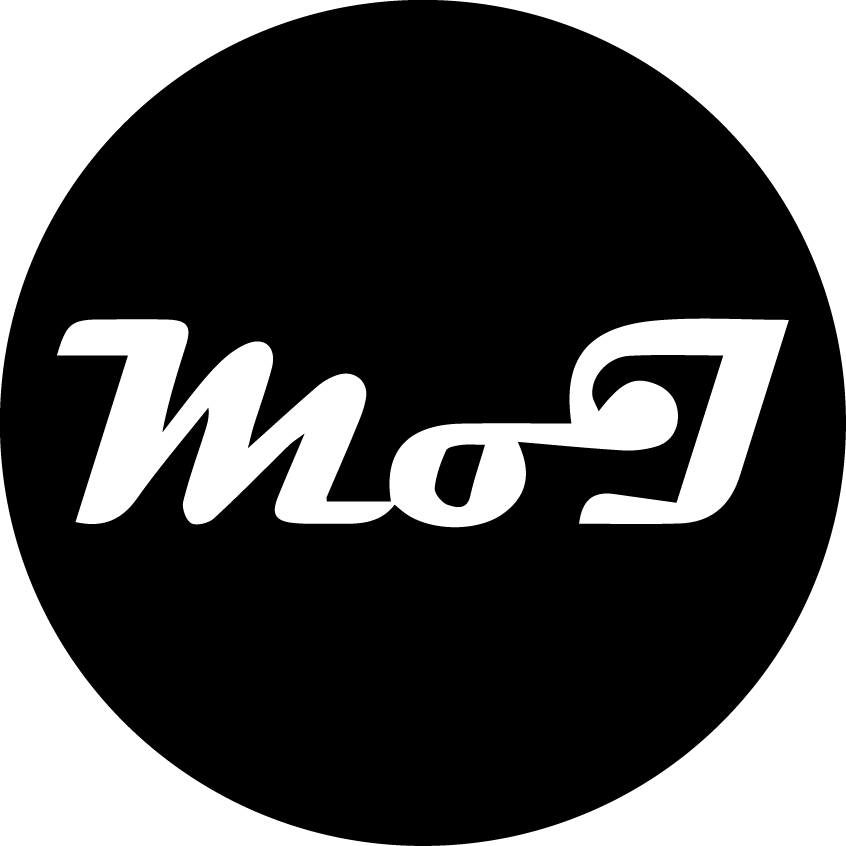Autonomous Driving (AD) has been said to be the next big disruptive innovation in the years to come. Considered as being predominantly technology driven, it is supposed to have massive societal impact in areas such as insurance, laws and regulations, logistics, automotive industry as well as all types of transportation methods, not only expected to have an enormous environmental and economic effect but also offer the possibility of saving millions of lives worldwide.
HYVE Science Labs, in cooperation with the Technical University Hamburg-Harburg and INSIUS have developed the unique worldwide study “Autonomous Driving: The User Perspective” focused on the customer view and acceptance of Autonomous Driving. The study analyses 106,305 comments on Autonomous Driving publicly posted in English on the Internet, finding a more positive than negative attitude towards this new technology in contrast to the most renowned surveys in the field. The focus was placed in the understanding of customer acceptance, a topic that until now under an Autonomous Driving context is limited. While a survey with more than 200 experts on autonomous vehicles by the IEEE (2014), the world’s largest professional association for the advancement of technology, defines that the three biggest obstacles to reach the mass adoption of driverless cars are legal liability, policymakers and customer acceptance. Therefore it is essential to start understanding and integrating customers in order to build deep and meaningful customer insights which can be used to deliver the products they want and need. Furthermore it is important to understand the wants and needs of future users and who will the early adopters will be. They will influence how technologies evolve and if they provide enough benefits to reach the early majority.
Innovative Web Monitoring Technologies, User Generated Content (UGC) and the method of Innovation Mining were used within an Autonomous Driving context to understand user’s debate on the Internet. UGC is characterized by extensive volunteering effort, lack of central control and freedom of expression, while creating a basis for identifying and understanding opinions, desires, tastes, needs and decision-making influences of customers in a passive non-intrusive manner. UGC is perceived as being impartial and unbiased, while giving the chance to understand needs and doubts of the potential customers, as well as the used language within a certain topic. The method of Innovation Mining presented below reflects the process from the search for the UGC until the possible visualization and interpretation of the gained information.
Analysis of the users language within an AD context
Most relevant single sources of discussion
Topic evolution including most impactful events
Brand importance in the users perspective
Most mentioned activities in an AD vehicle
In depth language analysis of concepts and their drivers

